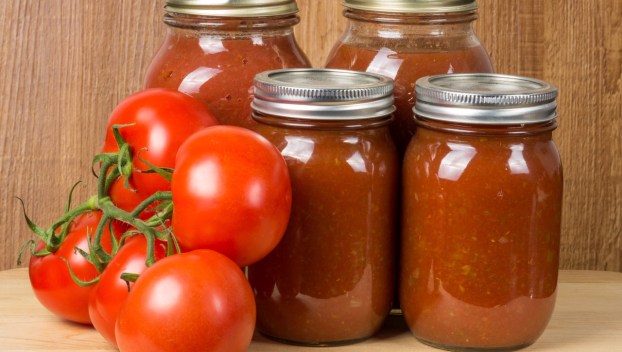
Lifestyles
HOME & GARDEN SPOT: Harvesting and storing pecans this fall
As leaves begin to darken and pumpkins decorate every doorstep, pecans are ripe and ready for harvest as ... Read more

As leaves begin to darken and pumpkins decorate every doorstep, pecans are ripe and ready for harvest as ... Read more

Many tomato varieties grown today are not as acidic as varieties grown in years past. The United States ... Read more

There are several different ways to make pickled foods. Nearly any type of food can be pickled. Angela ... Read more